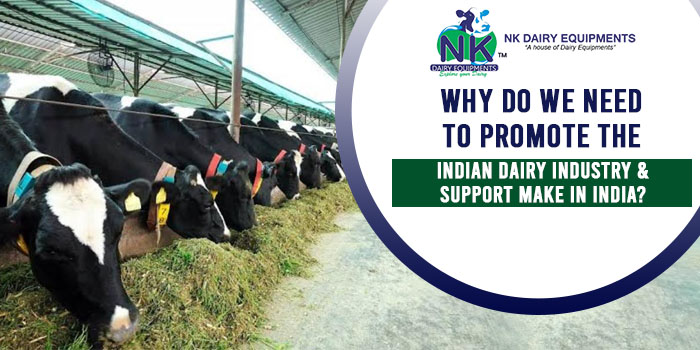Overview
Do you know what are the ongoing negotiations under the RCEP? Well! Their basic aim is to reduce or rationalize the import duty structure in India. With this, it will open the door for New Zealand and Australian markets to enter India and give their cheap dairy products. However, its impact on the Indian dairy farmers will not be favorable in any sense. No doubt, the ‘Make In India’ is all about promoting the gem in our country and giving a chance to come to the top.
Urging to reduce the import duties
The developed participants like Australia and New Zealand are requesting India to reduce their import duties. At the 8th RCEP meeting held in Beijing the main focus was given on 2 aspects:
- New Zealand wants to have more hold of the market with its dairy products, wine, apples, and kiwi into India.
- India is demanding the increased access of professionals into New Zealand and with this easing the barrier which has been imposed.
As per the Indian dairy industry, ‘Import reduction requests by the nations will have a negative impact on the Indian dairy sector. With this change it will impact the 100 million dairy farmers and that risk is not what we want to take.’
Indian farming business has seen a lot of ups and downs
Back in the 1950s, Indian milk demand was dependent on imports. In the 1970s, the wave of success for the Indian dairy farming business changed and we came across many great brands like Amul, Milma, Verka, and much more. Gradually, these became household names and a lot has changed since then.
Indian dairy sector is the largest
Indian overtook the US and became the largest milk producer in the world in 1998. In 2019, milk production was noted at 176 million metric tonnes. It is safe to say that it is one of the largest agricultural commodities in the world and 20% of it is referred to as global milk production.
One of the studies has shown that by 2033 it is expected to double and in terms of global production, it will be around 30%. Indian dairy sector is also the source of employment for both men and women. Around 70% are women and 69% are a part of the socio-economic deprived communities.
There is no doubt that India is self-sufficient in terms of its milk surplus trade balance. It is also clear that the demand is only going to increase with time, which opens up the door of opportunities in the future.
Industry estimates
Indian dairy market industry is estimated to be around 0.5 million metrics for the skimmed milk powder, cheese, and butter. If New Zealand dairy products step into the market these stats will reach 0.133 million metrics. You can say that 1/3rd of the dairy market will be taken by them.
So, it is important that the Indian dairy policy should revolve around Indian dairy products and not let any other country rule our dairy farming sector.




